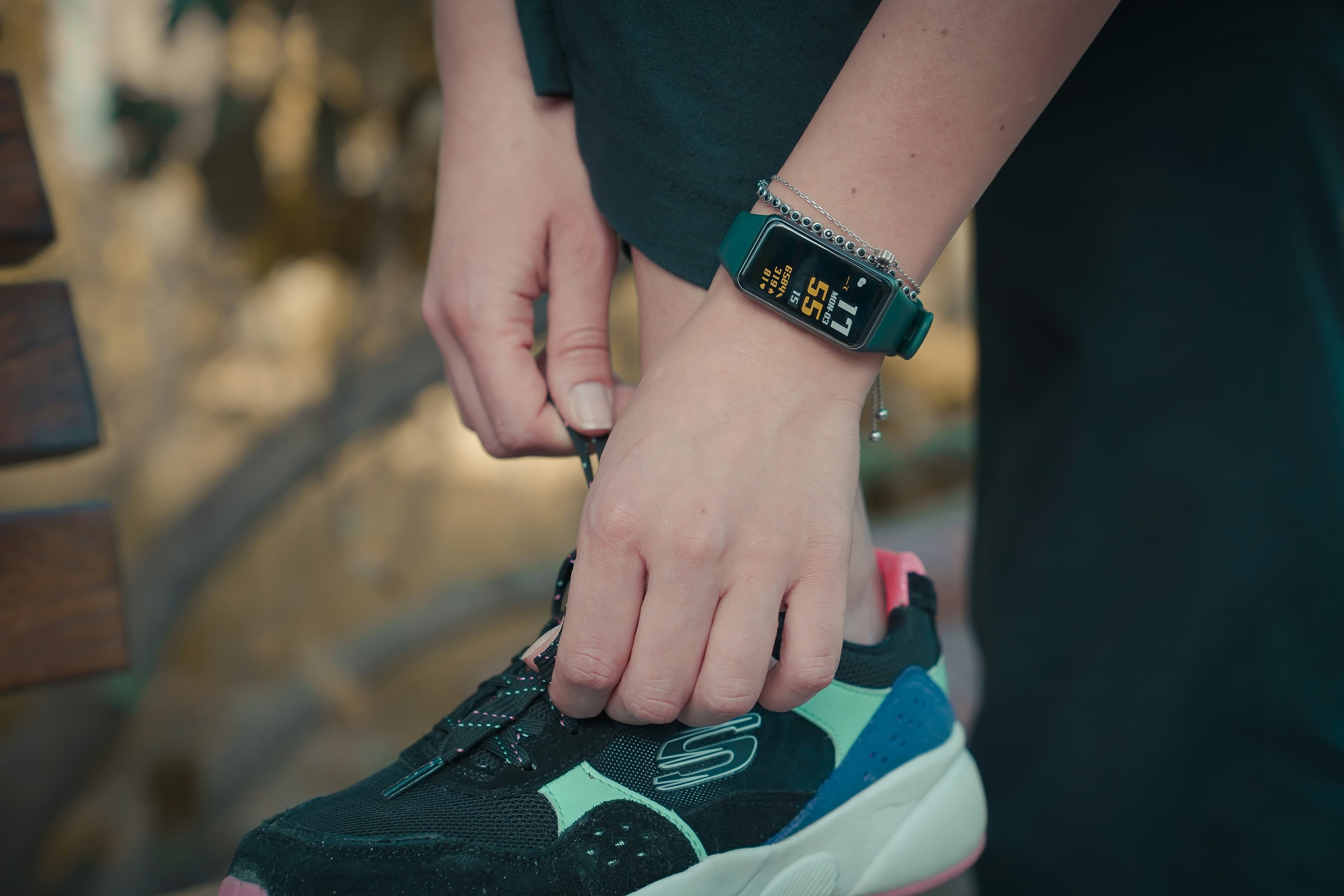Related Posts
Why Your Back Pain Keeps Coming Back After 50 (and What Actually Helps)
If you’re over 50 and find yourself saying, “My back pain just keeps coming back”, you’re not alone.
Why Pain and Stiffness Often Flare Up When the Weather Turns Cold
As the temperature drops across Hale and Altrincham, many people notice their old aches and injuries creeping back. That stiff shoulder you forgot about in summer starts to twinge again. Your knee feels heavier when you get out of bed. Or maybe that dull ache in your back returns every time the weather turns grey. It’s a pattern physiotherapists see every year — and while it’s tempting to blame the cold itself, the reality is a bit more complex. At Carter & George Physiotherapy Hale, we help patients understand why symptoms often flare up in colder months, and what can be done to stay active and comfortable all year round.
Sports Injury Treatment in Hale: From Sprains to Serious Strains
When you’re active, injuries can feel inevitable — a sharp pain mid-run, a sudden pull during a gym session, or a lingering ache that doesn’t seem to settle. Whether you play sport casually, compete at a high level, or simply like to stay fit, understanding your injury and getting the right treatment early makes all the difference.
Marathon season is here! And with it, knee pain! Introducing Runners Knee…

It’s marathon season, and it’s been a busy time at The Carter & George Practice!
The start of March is often the time when runners begin to ‘ramp up’ their mileage, with just under 7 weeks until the marathon. Unfortunately, this is also the time when it dawns on most people that they have to start progressing quickly in order to cover the 26.2 miles.
One of the most common injuries we see in runners at this time of year is Patello-femoral pain, affectionally known as ‘Runners Knee’.
This is a generic term we use to describe pain at the front of the knee or around the kneecap. It doesn’t just affect runners though – we see it in jumping athletes, teenagers, older adults, manual workers and non-athletes too! It is the most common form of knee pain and can be caused by trauma, overuse, muscle imbalances and kneecap alignment problems.
Read on for more info, or scroll to the bottom to see out Top 5 tips for preventing it!
The Facts:
It is usually caused by a mismatch in strength vs output (we call this a ‘load deficit’)
The symptoms are often a dull, achey pain at the front of the knee
It is easily diagnosed by physiotherapists (even easier when using ultrasound scans!)
It very rarely requires surgery
Symptoms
Pain that worsens with squatting, kneeling, going up/down stairs, long periods of sitting
Occasionally, swelling is present
A sensation of grating/grinding when moving the knee
General lower limb weakness
Risk Factors
Age – adolescents are the most likely to get anterior knee pain
Sex – women are more likely than men to suffer
High impact activities – running or jumping sports put a high stress on the knee and can overload the surrounding tissues, which can cause pain
Flat feet – or ‘over-pronating’ feet cause in increase in stress through the front of the knee
Treatment
RICE – try ‘Rest, Ice, Compression and Elevation’ as the first option
Some people respond well to over the counter anti-inflammatories
Physiotherapy – which can include strengthening, taping, shockwave therapy, acupuncture or massage
Activity modification – reducing the pressure going through your knee (and then gradually increasing once symptoms have improved) is a great way to reduce knee pain
Our Top 5 tips for Preventing Knee Pain
Don’t just run! The biggest mistake we see is a lack of strength training to supplement running training. It is no good if your lungs can run the distance, but your legs aren’t strong enough to get you there!
Weight control. Nobody likes to hear it, but losing weight significantly reduces the stress going through the knee.
Mix up your training! People who train in a variety of ways, on a variety of surfaces, are less likely to get injured.
If you feel pain, see a Physiotherapist! These problems are often MUCH easier to treat if you get them seen early!
Speak with professionals about designing your programme. If you are unsure of the best way to improve your running, our team can help!
If you have any questions about how we can help with knee pain, or you have any concerns at all – let us know!
Email us on: help@carterandgeorge.co.uk
Speak to us on social media: @carterandgeorge
Or Call us on 01992 446725